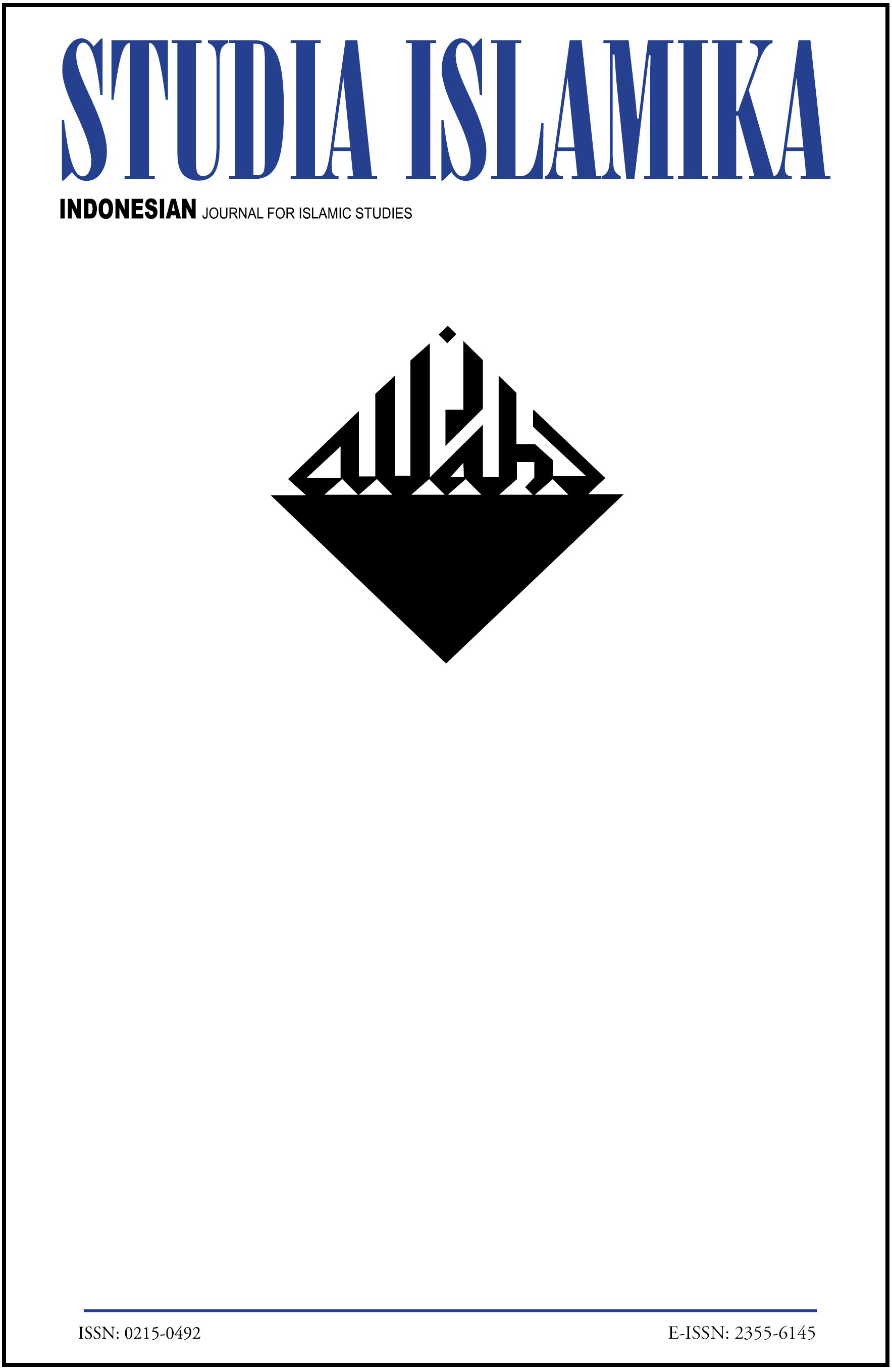Abstract
The focus of the article is on the trends of Islamic revivalism before the sacking of Anwar, though where necessary, the Anwar issue has been mentioned briefly for reference. Specifically, this paper attempts, firstly, to understand the trend of Islamic revivalism before the Anwar Ibrahim episode; secondly, to analyze the factors and reasons that culminated in the changing of approach from confrontational to non-confrontational; and thirdly, to seek answers to several vital questions relating to the form of Islamic revivalism in the country that has been molded by this developing trend. Since these findings are based on on-going researchs the arguments embodied in this paper should be considered rather preliminary.DOI: 10.15408/sdi.v6i2.730Authors who publish with this journal agree to the following terms:
- Authors retain copyright and grant the journal right of first publication with the work simultaneously licensed under a Creative Commons Attribution License that allows others to share the work with an acknowledgement of the work's authorship and initial publication in this journal.
- Authors are able to enter into separate, additional contractual arrangements for the non-exclusive distribution of the journal's published version of the work (e.g., post it to an institutional repository or publish it in a book), with an acknowledgement of its initial publication in this journal.
- Authors are permitted and encouraged to post their work online (e.g., in institutional repositories or on their website) prior to and during the submission process, as it can lead to productive exchanges, as well as earlier and greater citation of published work.
Downloads
Download data is not yet available.

